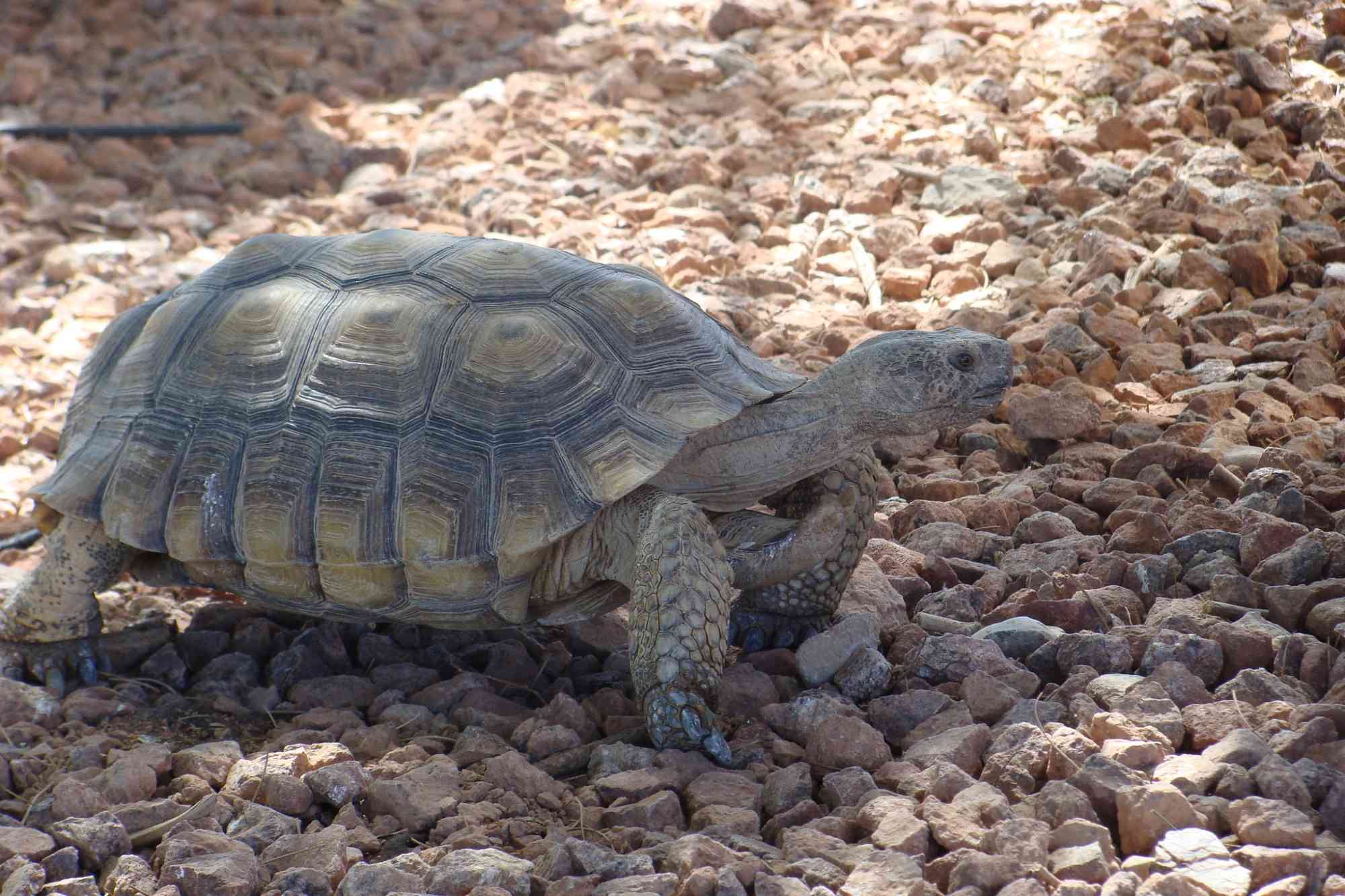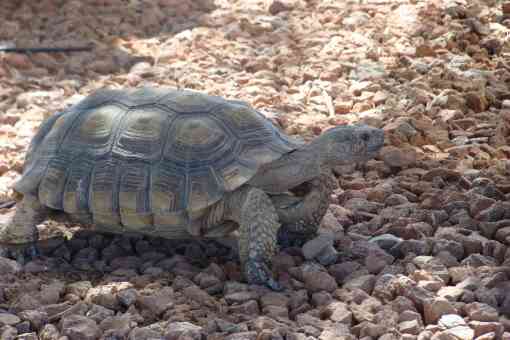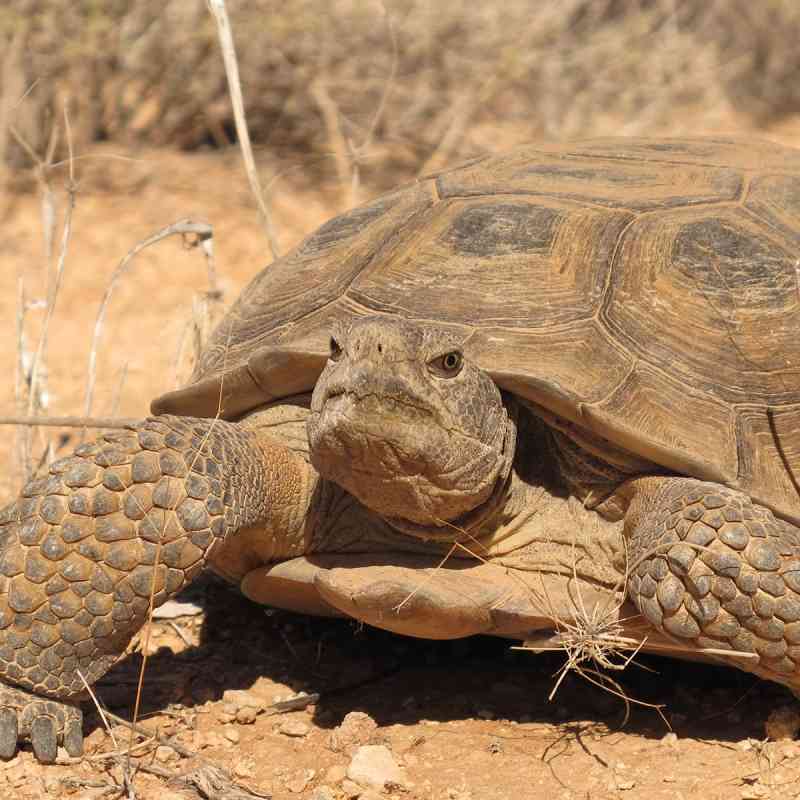You’ve probably heard it a million times, but I’ll say it again anyway: We’re in the information age, where data and technology are king. They are the keys to most of the countless innovations we’ve seen in society over the past couple of decades. As part of the Center for Conservation Innovation team at Defenders working at the intersection of science, technology and policy to improve conservation, the information age makes us question: Are conservationists using data and technology to their full potential?
The answer is…complicated. A lot of data out there - often even more than researchers and practitioners can even process. Conservationists collect and generate a ton of that data but making that data widely available so that it can be easily used remains a challenge.
The Mojave desert tortoise is a good example. It’s a species we know quite a bit about: We know where it lives, what laws impact its habitat, what it eats, etc. What is often the more difficult part of protecting and restoring this species (and many others) is combining and putting all that knowledge to use.
The two keys to solving this problem are to make that data more accessible and then to make sure it is used effectively. One of the best ways we can do that is by creating more publicly accessible APIs, which stands for an Application Programming Interface.
That’s a lot of tech jargon, but all it really means is an application/website that you access without the user interface. In other words, a public API allows outside parties to request information from a server without accessing it through a web page on a screen.
For example, the U.S. Fish and Wildlife Service has a website called Ecos that displays information about threatened and endangered species in tabular format. However, the Ecos website isn’t the only way to access that information. There is also an Ecos API which allows outside parties to access the same data that populates those tables.
At CCI, we use that API to automatically add species ranges to web maps in our Collaborative Mapper (formerly Refined Range Mapping) app. Being able to quickly and easily add the range for the desert tortoise to a map can help users collaboratively refine it so that it’s more accurate. More accurate range maps help policy and other decision makers make more informed choices on how to best conserve the species.
APIs can contribute a lot more than simply providing data. They can also do “work”. At CCI, we use the Google Earth Engine API to help us detect landscape change over time. For example, we can use the Ecos API to allow users to import the Mojave desert tortoise's range (or any other species). The user can then run an analysis of this range, and using the Earth Engine API we can visually demonstrate what changes happened to its habitat over a specified amount of time.
There are endless ways to apply the vast amount of conservation data we have at our disposal. But the best way to optimize the amount of applications that data gets is by making it accessible through public APIs as often as possible. Making functionality and data available through this channel gives the greatest amount of freedom to developers who want to use it in ways never imagined. Once data and functionality are out there, even novice developers can make effective use of data through an API.
For obvious reasons, some work and data are proprietary. But whenever it isn’t, the best way to make sure we can use what we know about desert tortoises and other species is to make that information available through APIs when possible. That way, we can find the best solutions to the conservation challenges faced by the desert tortoise and all other imperiled wildlife, and give them a chance to survive and recover.
Author
comments









